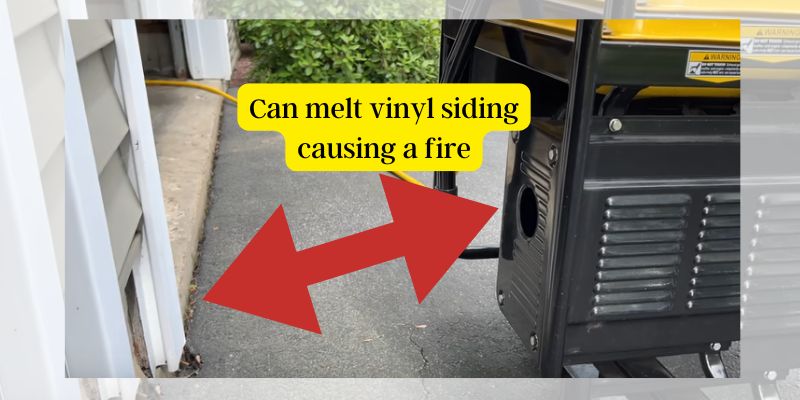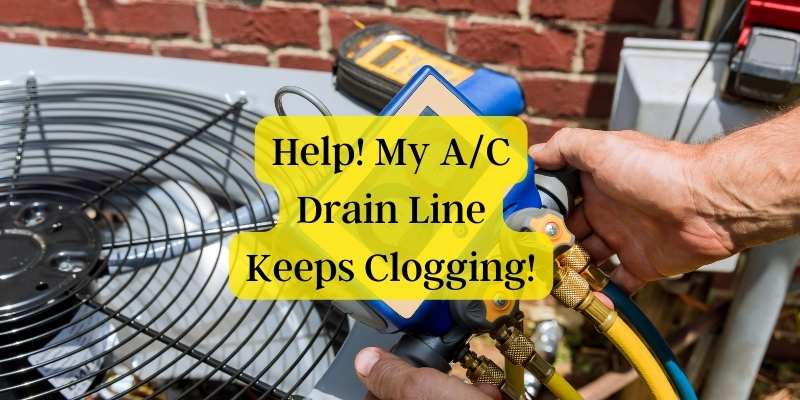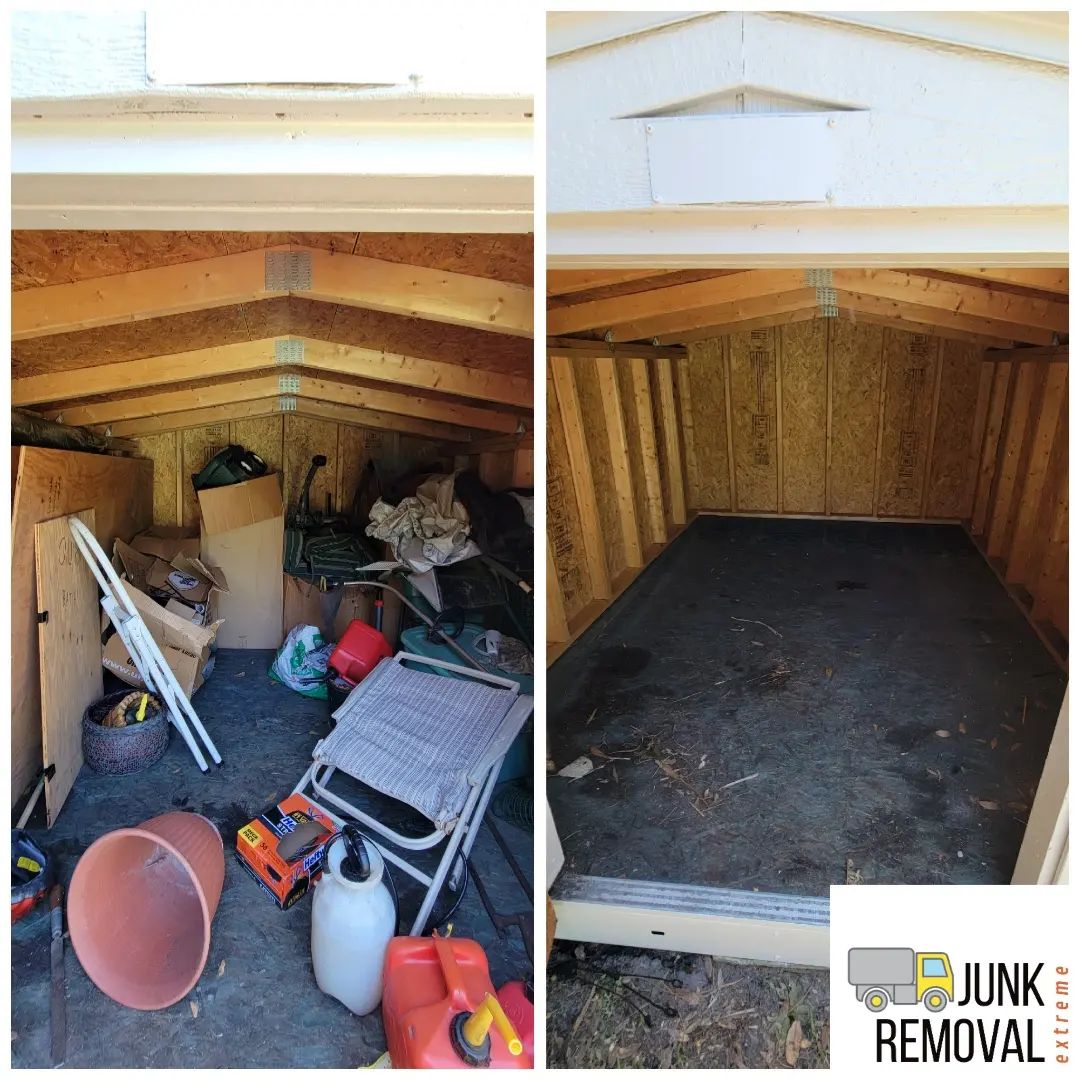For residents of Palm Coast and all of Florida, understanding the importance of portable generator safety precautions is crucial, especially during storm season. With the frequent threat of hurricanes and severe weather, having a portable generator can be a lifesaver in maintaining power to essential appliances and preserving food. However, using a generator comes with responsibilities. Properly following safety guidelines ensures your safety and the safety of those around you. By prioritizing generator safety, you can navigate Florida's stormy weather with confidence, knowing that you’re well-prepared and protected. Stay safe and take the necessary precautions to keep your family and home secure during any emergency!
Here are 7 top mistakes you may not know.
Never use a generator inside your home, or shed.
Never run a generator indoors, in garages, or in enclosed spaces due to the risk of carbon monoxide (CO) poisoning. Generators should be operated outdoors in well-ventilated areas, at least 20 feet from doors, windows, and vents. Learn about Carbon Monoxide Poisoning Basics, symptoms and risk factors from the CDC
Never use a generator near combustible material:
Running a generator near combustible materials is extremely dangerous due to the risk of fire or explosion. Generators produce heat during operation, and their exhaust systems can reach high temperatures, which can easily ignite nearby flammable substances like gasoline, oil, paper, leaves, wood and even vinyl siding. Additionally, fuel spills during refueling can create an immediate fire hazard if exposed to the generator’s hot engine or exhaust. Any sparks from faulty wiring or engine malfunctions could also set fire to combustible items. Keeping the generator clear of such materials is critical to ensuring safe operation and preventing potentially life-threatening accidents.
Never back feed an outlet in your home:
You should never backfeed an outlet when using a generator because it poses serious safety hazards. Backfeeding occurs when a generator is connected directly to a home's electrical outlets without an appropriate transfer switch. This can create a risk of electrical shock for utility workers who may be working on nearby power lines, as the generator's power can flow back into the grid. Additionally, backfeeding can cause electrical fires by overloading circuits and damaging your home's wiring, as it bypasses safety mechanisms like circuit breakers. The improper connection can also lead to damage to your generator and appliances due to uneven power distribution. To avoid these dangers, always use a transfer switch, which safely isolates your home from the grid while powering your circuits.
Never connect to a wet generator:
You should never connect to a wet generator because water conducts electricity, increasing the risk of electrical shock or electrocution. Wet conditions can cause the generator's electrical components to short circuit, leading to equipment failure or dangerous situations like sparks or fires. Water can also damage the generator's engine and electrical outlets, making it malfunction or creating hazardous conditions. Additionally, moisture inside the generator can lead to corrosion, reducing the life span of the machine. To avoid these risks, always keep the generator dry and sheltered from rain or debris, and never touch it with wet hands or use it on damp ground.
Never disconnect power cords that are supplying loads:
You should never disconnect power cords that are supplying loads because doing so can create dangerous electrical arcing, which occurs when electricity jumps across the gap between contacts. This can cause burns, shock, or even start a fire. Disconnecting a cord under load also puts stress on the electrical components, potentially damaging the plugs, cords, and outlets. Additionally, the sudden disconnection of a load can cause a power surge, which may damage the generator or any connected appliances. To prevent these hazards, always turn off the connected devices and the generator before unplugging any cords.
Never fuel a hot or running generator:
You should never fuel a hot or running generator because gasoline is highly flammable, and adding fuel to a hot engine can cause it to ignite. The heat from the engine or exhaust can vaporize the gasoline, creating flammable fumes that can ignite from the generator’s heat or sparks, leading to a fire or explosion. Additionally, if any fuel spills onto the hot surface, it can immediately catch fire, posing a serious safety risk. Always turn off the generator and let it cool down completely before refueling to avoid these dangerous situations.
Never use a suicide cord: ( self made, or with two male ends))
You should never use a suicide cord when using a generator because it is extremely dangerous and illegal. A suicide cord is a homemade or improperly designed extension cord with male plugs on both ends, which can be used to backfeed power from a generator into a home’s electrical system. This creates multiple safety hazards:
- Electrocution Risk: Since both ends of the cord are "live" when connected, it poses a high risk of shock or electrocution to anyone who accidentally touches the exposed prongs.
- Fire Hazard: Improperly transferring power this way can overload circuits, leading to overheating or fires within the home's wiring system.
- Risk to Utility Workers: The power from the generator can backfeed into utility lines, endangering utility workers who are repairing downed lines, as the lines they expect to be de-energized can become live.
Prioritizing safety is essential to protect your family, home, and property. After a storm or hurricane, using a portable generator can be incredibly helpful in preserving food and ensuring it stays safe to eat. With proper precautions, you can navigate the aftermath of Florida's storms with confidence and peace of mind, knowing that you’re prepared and ready to weather any challenges that come your way!
Protect Your Family from CO Poisoning and Other Post-Storm Dangers from United States Consumer Product Safety CommissionUse Approved Containers
Store fuel in containers specifically designed for fuel storage, such as OSHA-approved safety cans or other certified containers. These containers should have a tight seal to prevent spills and vapor release.
Label the Containers
Clearly label all fuel containers with the type of fuel (e.g., gasoline, diesel) and the date of storage. This helps you keep track of the age of the fuel and ensures proper handling.
Choose a Cool, Dry Location
Store fuel in a cool, dry, and well-ventilated area, away from direct sunlight and heat sources. Avoid areas like garages or basements that can get hot or humid.
Keep Away from Ignition Sources
Ensure the storage area is free from any open flames, sparks, or heat sources such as heaters, electrical appliances, or pilot lights to minimize the risk of fire.
Avoid Storing Large Quantities
Limit the amount of fuel stored to what you will reasonably need. Many jurisdictions have regulations regarding the maximum quantity of fuel that can be stored at home.
Check for Leaks
Regularly inspect your fuel containers for leaks, rust, or damage. Replace any containers that show signs of wear to prevent spills.
Use Fuel Stabilizers
If storing fuel for an extended period, consider adding a fuel stabilizer to prevent degradation. Follow the manufacturer’s instructions on the appropriate amount to use.
Store Out of Reach of Children and Pets
Ensure that all fuel is stored in a location that is out of reach of children and pets to prevent accidental ingestion or spills.
By following these safety tips, you can ensure that your unused fuel is stored safely and is ready for use when you need it for your portable generator.
Do you have helpful tips? Let us know in the comments.








